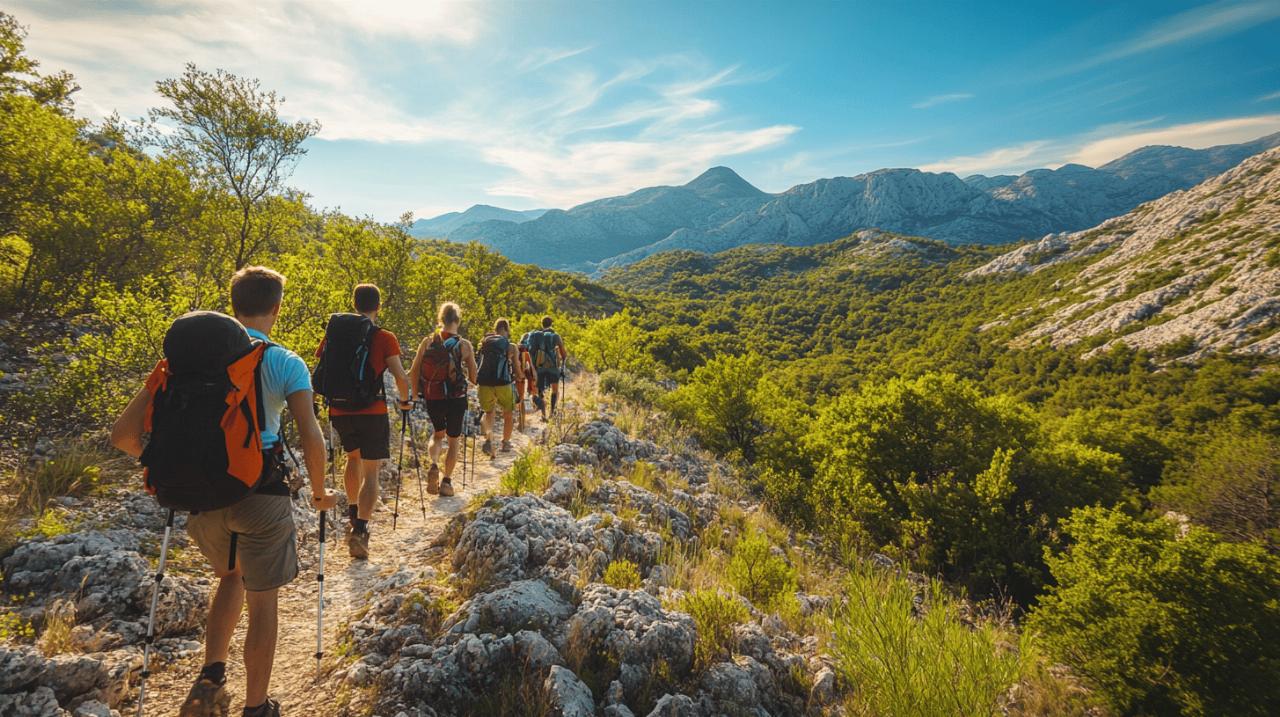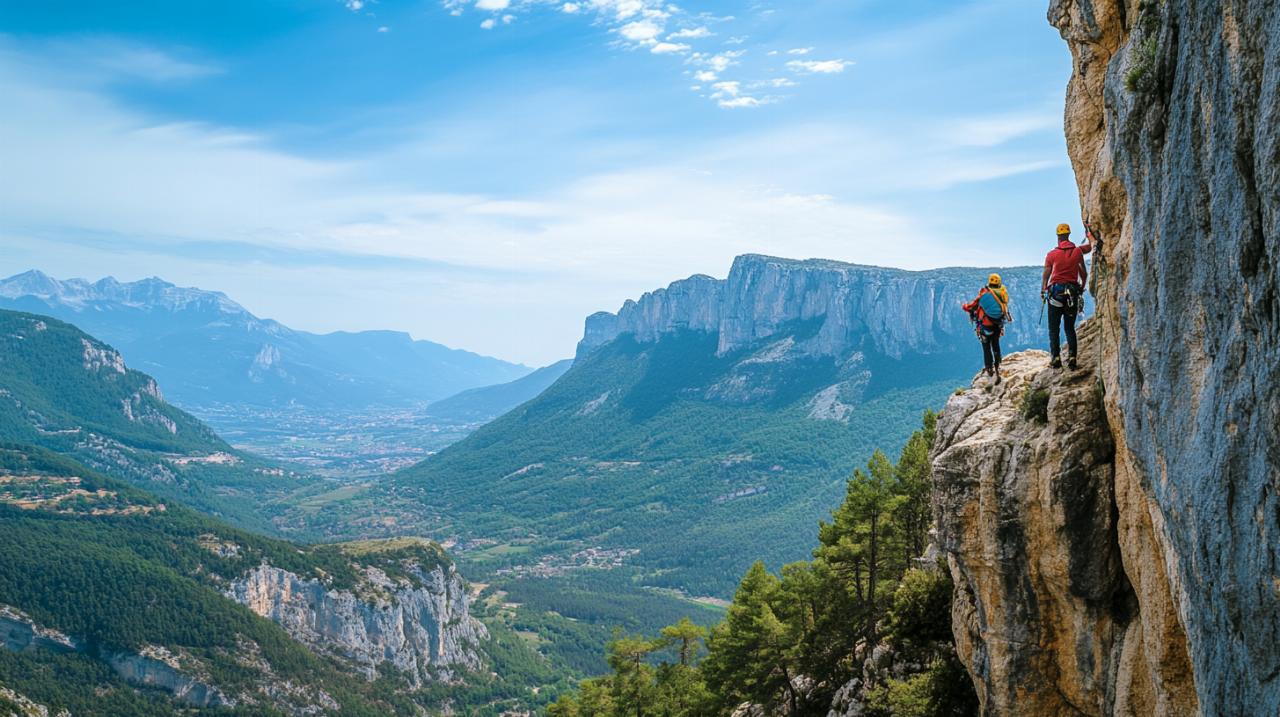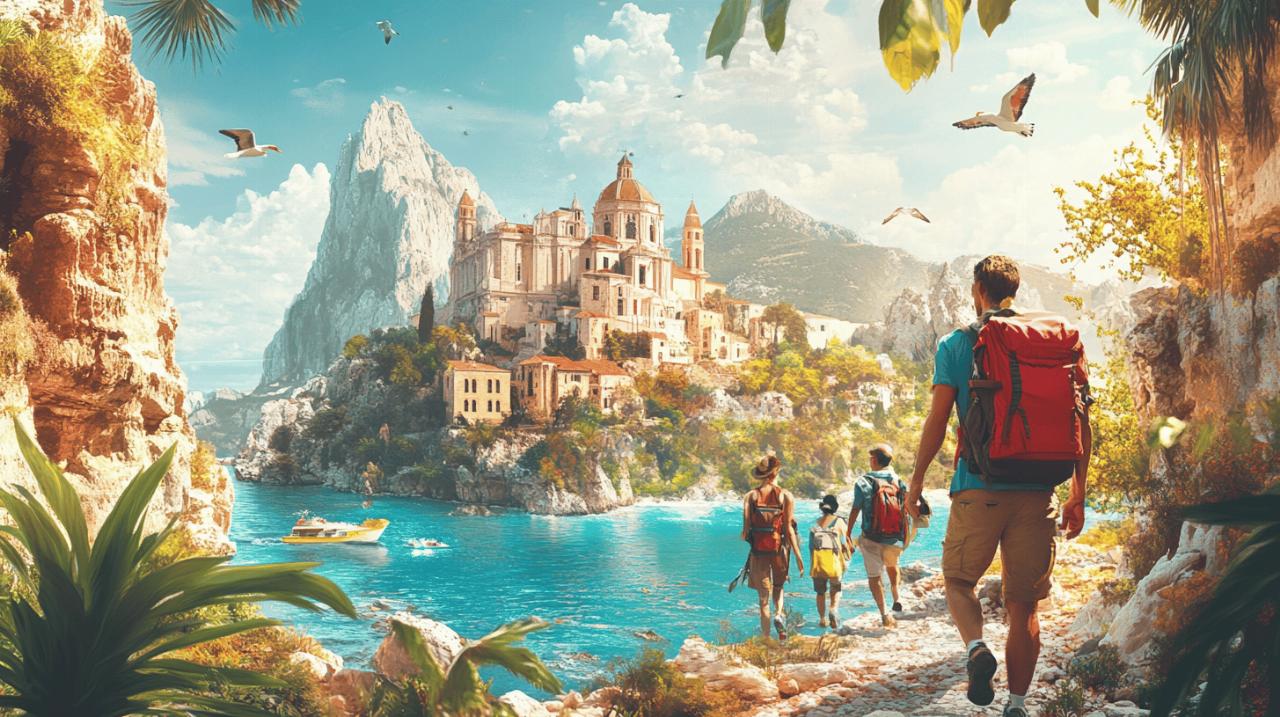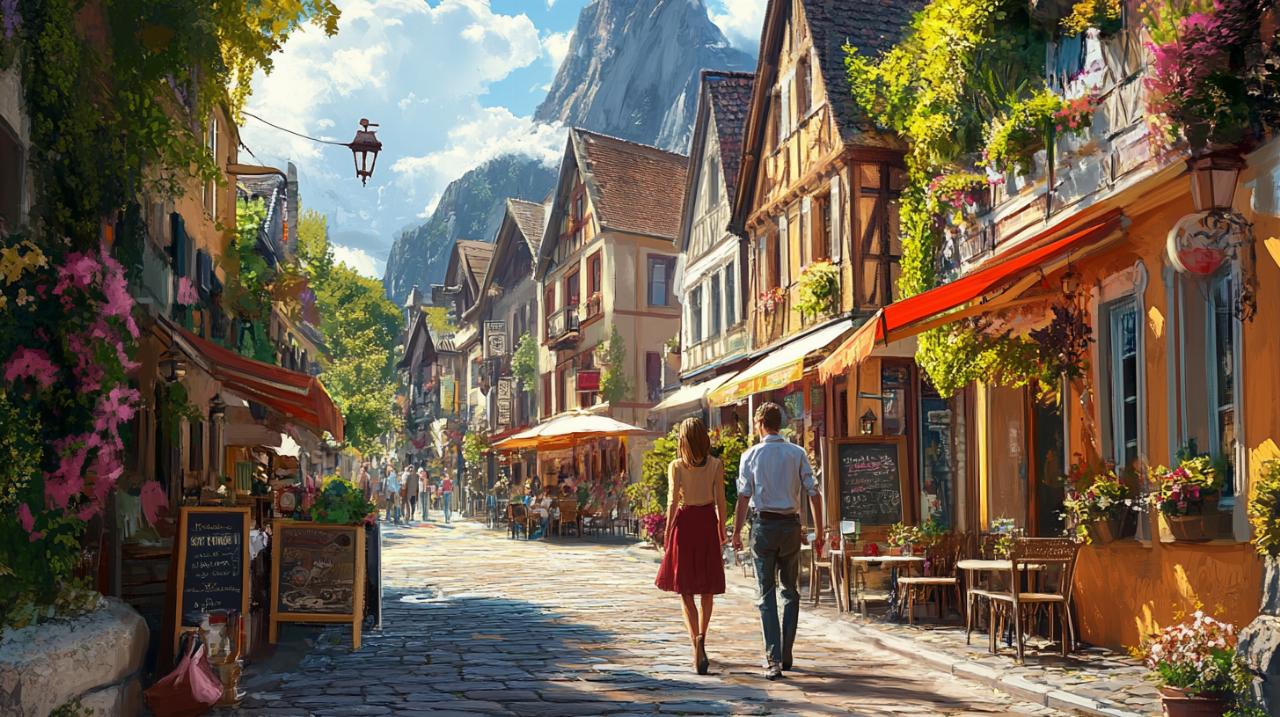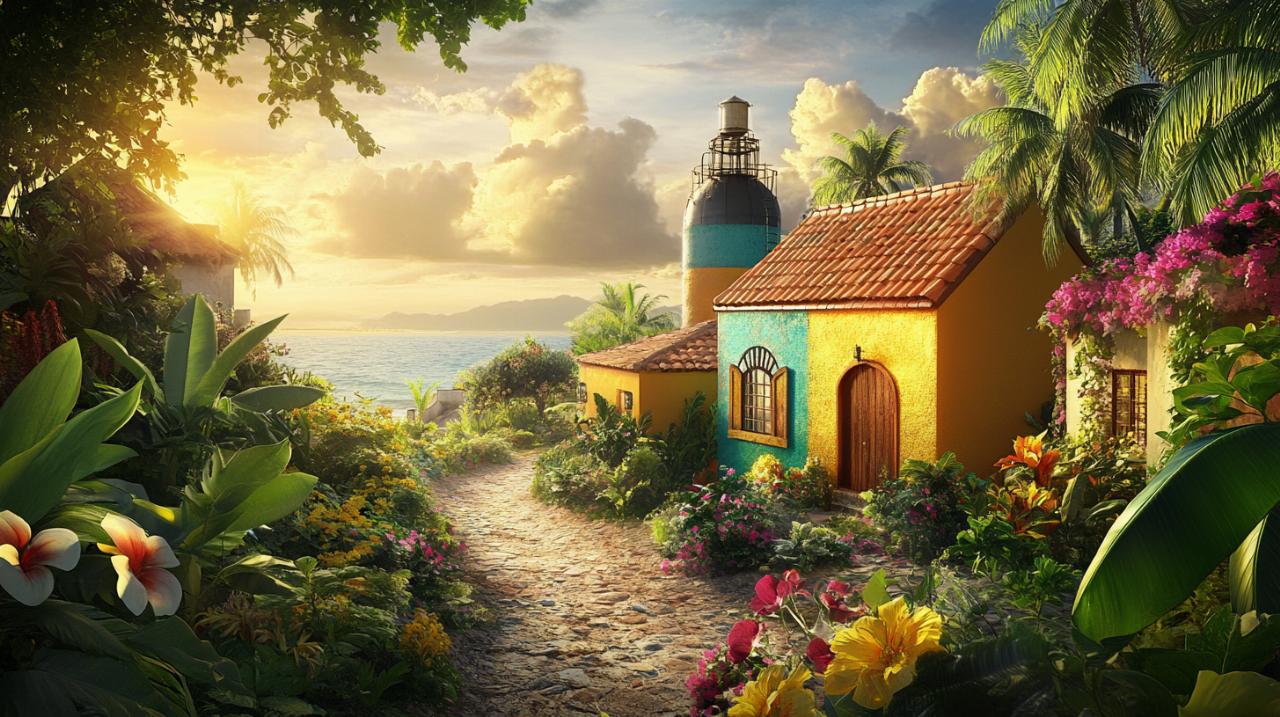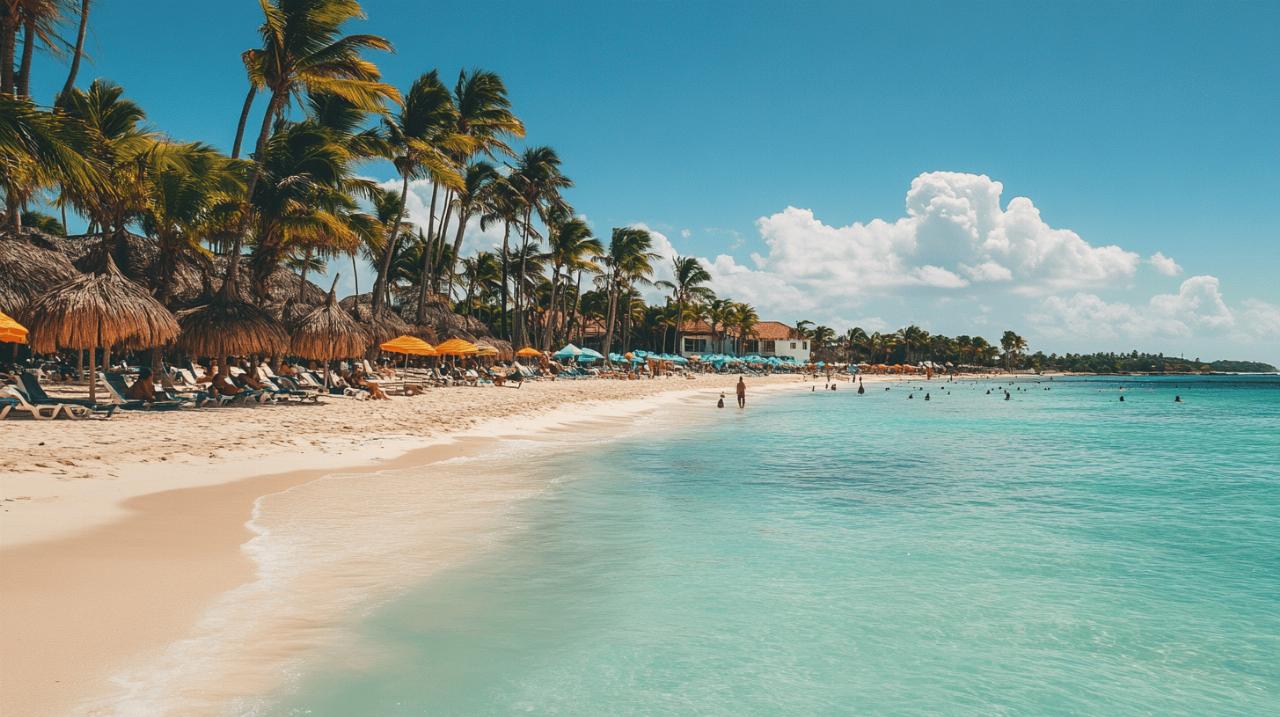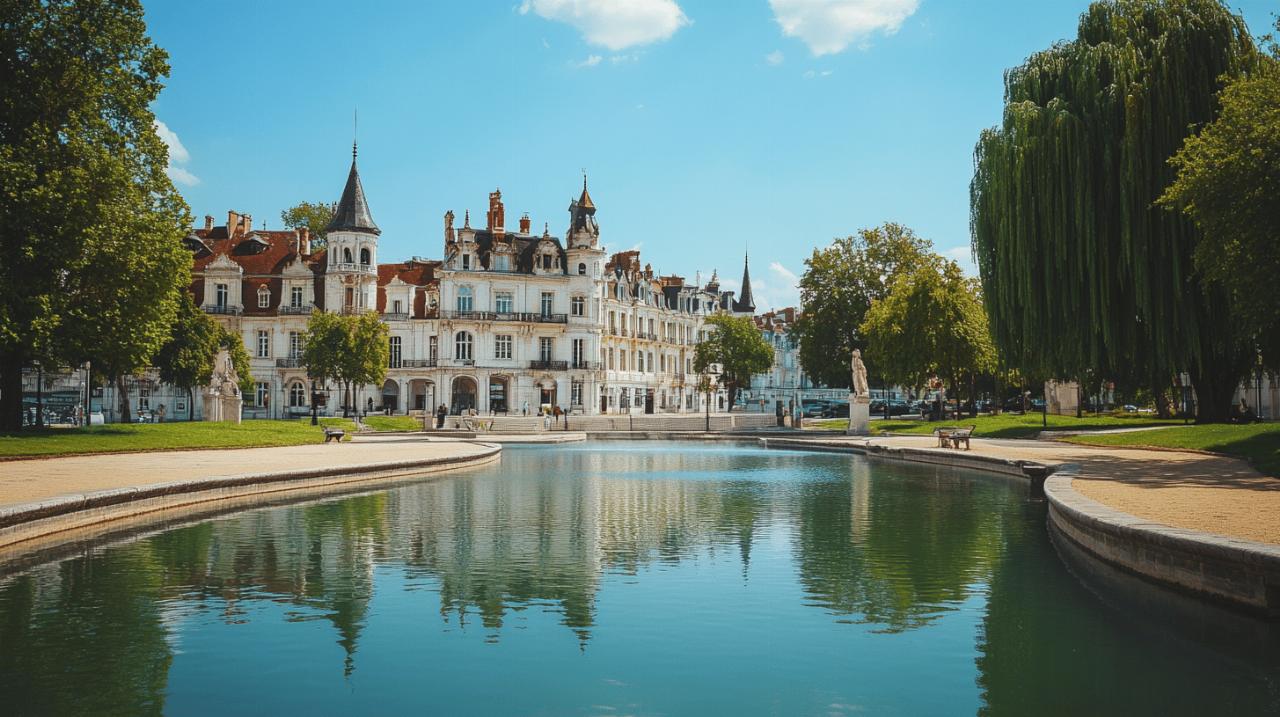Croatia offers an extraordinary trekking experience for wildlife enthusiasts, with its diverse landscapes hosting a remarkable array of plants and animals. From coastal paths to mountainous trails, this Mediterranean gem provides endless opportunities to encounter unique species in their natural habitats. Whether you're an experienced naturalist or simply curious about the wilderness around you, understanding how to spot and identify Croatian wildlife can transform a simple trek into an unforgettable adventure.
Understanding croatian habitats
Croatia boasts an impressively rich biodiversity thanks to its varied landscape. With 40% of the country covered in lush forests, alongside dramatic coastlines and towering mountains, these distinct ecosystems create perfect conditions for diverse wildlife communities. The interplay between Mediterranean and continental climates further enhances this biodiversity, creating unique niches for both plants and animals across different regions.
Coastal ecosystems and their unique species
The Adriatic Coast presents a fascinating habitat with coral reefs and seagrass meadows vital for supporting marine life. While trekking along coastal paths, keep your eyes on the sea for bottlenose dolphins, which are commonly spotted, especially around the Istrian Peninsula and Zadar archipelago. More fortunate observers might glimpse striped or common dolphins, though whale sightings remain rare. For those exploring beaches and engaging in snorkelling activities around Cres, Vis and Krk Islands, loggerhead sea turtles make occasional appearances, particularly during warmer months.
The Kvarner region, especially Cres Island, hosts approximately 80 breeding pairs of magnificent griffon vultures. These impressive birds can display wingspans of up to nine feet as they soar above the coastal cliffs. Their presence indicates healthy ecological systems and offers trekkers a spectacular sight whilst navigating coastal trails.
Mountain biodiversity in croatia's highlands
The mountainous regions of Croatia, particularly the Dinaric Alps, harbour some of the country's most impressive wildlife. These highlands feature extensive cave systems with unique specialised species such as the olm, a fascinating cave salamander found in the underground lakes and rivers of Krka National Park. This remarkable creature can survive up to ten years without food, demonstrating the extraordinary adaptations of wildlife in these specialised habitats.
Northern Velebit provides excellent opportunities for spotting majestic birds of prey, including golden eagles and vultures. The varied terrain of mountains like Gorski Kotar creates perfect conditions for large mammals and offers some of the best wildlife viewing in the country. Saša Škugor, a UIMLA certified guide based in Rijeka, leads specialised hiking trips through these wild forests and mountains, providing expert assistance in spotting local wildlife.
Identifying Croatian Mammals in the Wild
Croatia supports several large and charismatic mammals that, with patience and knowledge, trekkers might be fortunate enough to observe. Understanding their behaviour patterns and recognising signs of their presence enhances your chances of meaningful wildlife encounters during your adventures through Croatian wilderness.
Signs and Tracks of Native Carnivores
Croatia hosts an impressive population of over 1,000 brown bears, primarily inhabiting areas like Plitvice Lakes and Velebit Nature Park. Trekkers interested in learning about these magnificent creatures can visit Kuterevo Bear Refuge, established in 2002, which provides educational opportunities about bear conservation. When hiking in bear country, look for distinctive tracks, overturned rocks, scratch marks on trees, and partially eaten vegetation. Bear sightings are more common during dawn and dusk hours.
Gray wolves roam across several Croatian counties, particularly throughout the Dinaric Alps and Velebit Mountain Range. These elusive predators typically avoid human contact, making direct sightings rare. Instead, search for paw prints, which resemble large dog tracks but in a more linear pattern, or listen for their haunting howls at night. The critically endangered Eurasian lynx maintains a fragile population of merely 40-60 individuals, primarily in Risnjak National Park and parts of the Dinaric Alps. Their solitary nature and exceptional camouflage make them among the most challenging mammals to spot.
Spotting techniques for shy woodland creatures
Croatian forests provide shelter for various deer species, rabbits, and squirrels that, while more common than large carnivores, still require quiet observation skills. Early morning treks offer the best opportunity to spot these woodland creatures as they forage before human activity increases. Movement rather than colour often betrays their presence, so scan slowly across your field of vision rather than focusing on one area.
Gorski Kotar, often called the green heart of Croatia, offers some of the best opportunities for encountering chamois and deer. Moving quietly along established trails and periodically stopping to listen and observe increases your chances of wildlife encounters. Using natural features as viewing blinds, such as large trees or rock formations, allows you to observe without disturbing the animals. Saša Škugor offers guided excursions ranging from half-day trips to two-day adventures throughout the year, perfect for those seeking expert assistance in tracking these elusive creatures.
Birdwatching opportunities during your trek
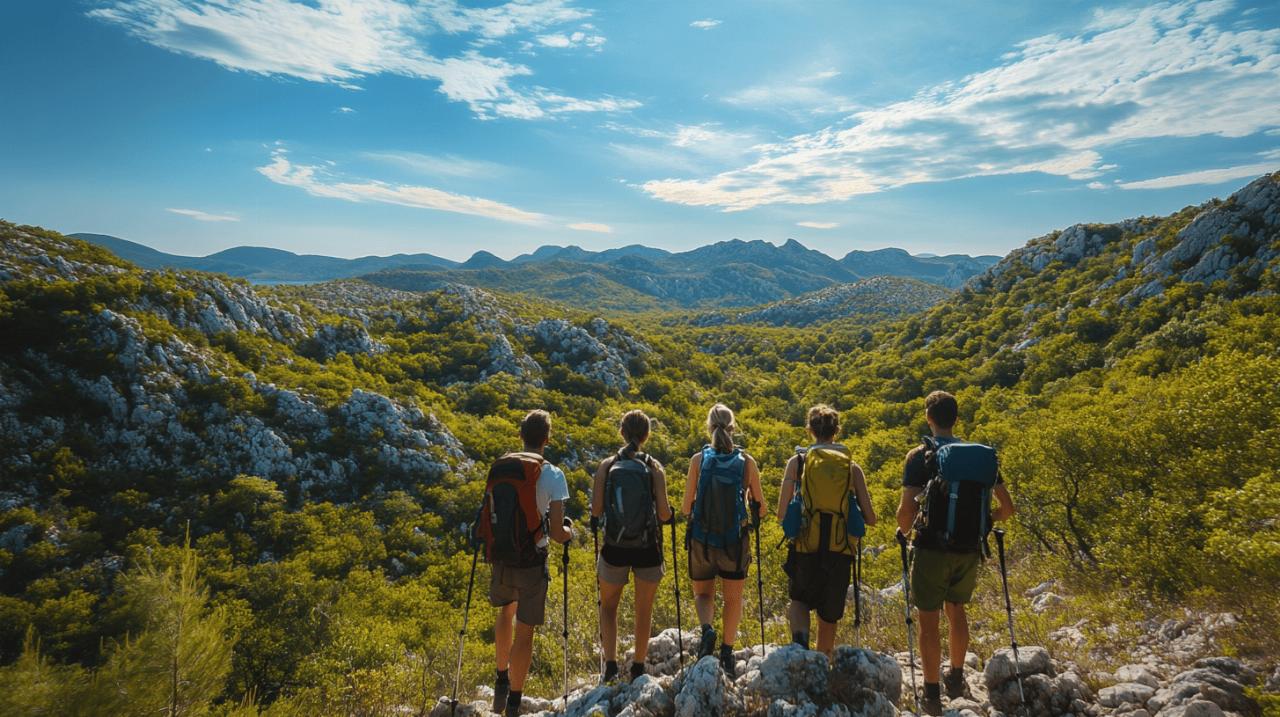 Croatia represents a paradise for birdwatchers, with diverse habitats supporting resident and migratory species. The strategic position along European migration routes makes Croatia particularly exciting for avian enthusiasts, with seasonal variations offering different birdwatching experiences throughout the year.
Croatia represents a paradise for birdwatchers, with diverse habitats supporting resident and migratory species. The strategic position along European migration routes makes Croatia particularly exciting for avian enthusiasts, with seasonal variations offering different birdwatching experiences throughout the year.
Seasonal Migrations and Where to Witness Them
Kopaçki Rit stands out as a significant wetland area and crucial stopover for migratory birds. Visiting during spring and autumn migrations provides opportunities to witness remarkable congregations of various species as they journey between summer and winter territories. The spring migration, occurring primarily from March through June, typically offers the greatest diversity of species and coincides with breeding displays and nesting activities.
Rivers such as the Cetina, Sava, and Drava serve as important corridors for migratory birds and permanent homes for resident water birds. Trekkers exploring these riverine habitats should watch for the elusive great bittern found in wetlands, particularly around the River Norin. Their exceptional camouflage among reeds makes spotting them a challenge requiring patience and sharp observation skills. Early morning and late afternoon typically provide the best birdwatching conditions when birds are most active.
Common and Rare Avian Species of Croatia
Paklenica National Park and the broader Dinaric Alps region host golden eagles, representing the apex of avian predators in Croatia. These magnificent birds can be spotted soaring above mountain ridges, using thermal updrafts to maintain altitude while scanning for prey. Their distinctive silhouette features broad wings with splayed primary feathers resembling fingers against the sky.
The Adriatic islands, particularly Cres, provide sanctuary for some of Croatia's most threatened bird species. The griffon vulture colony represents a conservation success story and a highlight for wildlife enthusiasts. These massive scavengers perform essential ecosystem services by disposing of carcasses, and their soaring flight patterns make them relatively easy to spot during clear days. Binoculars significantly enhance birdwatching experiences, allowing detailed observation without disturbing natural behaviours. The optimal wildlife watching season extends from spring through early autumn, though each season offers unique observation opportunities.
Plant life recognition for trekkers
The botanical diversity of Croatia provides trekkers with ever-changing scenery throughout their journeys. Learning to identify common plant species enriches the trekking experience and helps visitors understand the ecological relationships forming the foundation of wildlife habitats.
Endemic flora of croatian national parks
Croatian national parks showcase remarkable plant diversity adapted to specific local conditions. Plitvice Lakes National Park features not only spectacular lakes and waterfalls but also lush vegetation supporting diverse wildlife communities. The interplay between water and plant life creates microclimates supporting specialised species that might be found nowhere else in the country.
Krka National Park combines riverine and terrestrial ecosystems with plant communities adapted to both periodic flooding and Mediterranean drought conditions. The Northern Velebit National Park represents a botanical treasure with numerous endemic species that have evolved in isolation on these rugged mountains. Trekking tours through these protected areas, such as the six-day Green Highlands Croatia Adventure or the Northern Croatia Hiking Tour, provide excellent opportunities to appreciate these botanical wonders with knowledgeable guides explaining their significance.
Safe Foraging and Toxic Plants to Avoid
While Croatian forests offer various edible berries, mushrooms, and herbs, proper identification skills are essential before attempting any foraging. Several poisonous lookalikes exist that can cause serious health problems if consumed. Guided excursions with experts like Saša Škugor, who speaks Italian, English and Croatian, can provide valuable knowledge about safe foraging practices based on years of experience since 2004.
Some toxic plants display warning colours or distinctive features, but others appear deceptively harmless. Learning to recognise common hazardous species before your trek provides an important safety foundation. Whenever uncertain about a plant's identity, the cardinal rule applies: never taste or consume it. Photography offers a safe alternative to collection, allowing later identification using field guides or digital resources. Respecting protected areas by leaving plants undisturbed ensures these natural treasures remain for future visitors to enjoy during their own trekking adventures through Croatia's remarkable landscapes.

